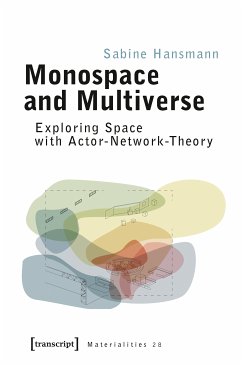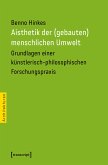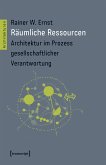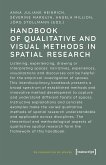In contrast to buildings divided by walls, monospace buildings are determined far less by its shell than by a reciprocal relationship between space and practices, objects, materials, and human bodies. Using the example of such one-room-architectures, this book explores the potential of an actor-network-theory (ANT) approach to space in the field of architecture. Sabine Hansmann focuses on the Sainsbury Centre for Visual Arts in Norwich, England by Foster Associates (1978) to investigate the mutual entanglement of people, objects and building. She traces the work that is necessary in »doing« space and thus suggests a re-conceptualisation of space in architectural theory.
Dieser Download kann aus rechtlichen Gründen nur mit Rechnungsadresse in A, D ausgeliefert werden.









